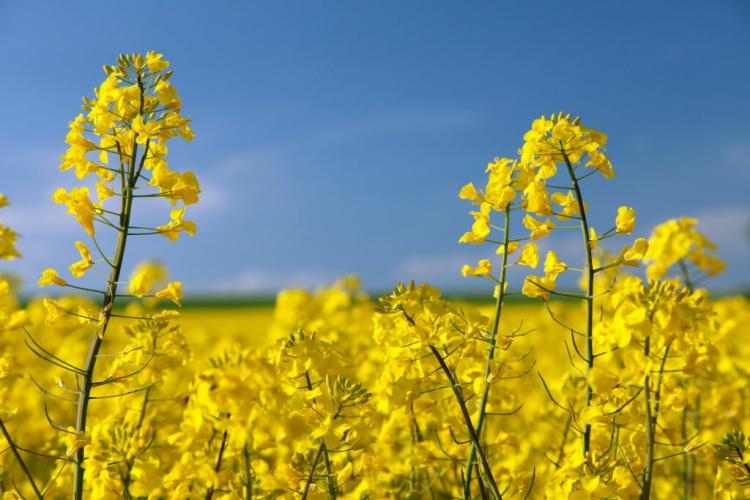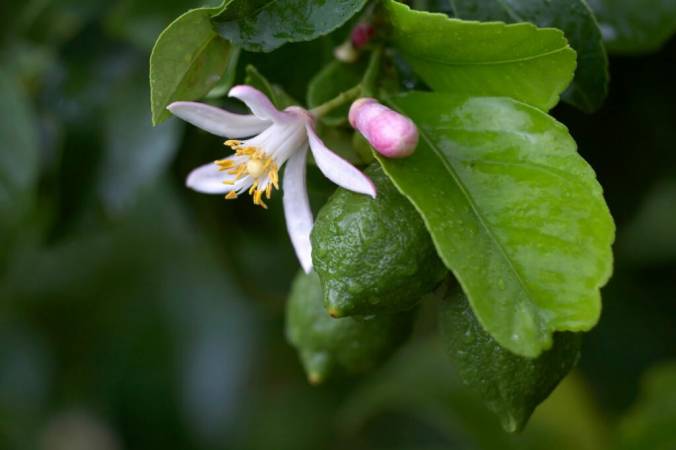Fertilizing Rhubarb: When, How And With Which Fertilizer?
The perennial needs enough nutrients for a rich rhubarb harvest. Here you can find out when, how, and with what best to fertilize rhubarb. There is one thing with the rhubarb ( Rheum rhabarbarum ). Some love him, others hate him. With the right processing, however, wonderful desserts compete, and juice can be conjured up from the sour vegetables, which can convince even the strongest opponents.
The leaf stalks of the plant, which can be harvested from April to June, are used. Planted in your own garden, the rhubarb is relatively easy to care for. In order to benefit from a rich harvest, however, the plant must be adequately supplied with water and nutrients. With fertilization at the right time, you can optimally support your rhubarb in its development. Compared to other vegetables, rhubarb has a relatively high need for nutrients. In this article, we will explain how and with what best to fertilize your rhubarb.
When to fertilize rhubarb
Table of Contents
Rhubarb grows best in a sunny or partially shaded spot with deep, nutrient-rich soils. Due to its size, rhubarb should only be planted at a sufficient distance (about 1 to 1.5 meters) from other plants. This means that there is no competition for light, water, and nutrients. If you are planting rhubarb in your garden for the first time, it is advisable to dig deeply into the soil in the selected location and incorporate some compost and horn shavings.
After that, you should let the soil rest for about a week before planting. To make it easier for the new plant to get started, you can also add some fertilizer to the planting hole. It is best to use a fertilizer with organic long-term effects on organic quality. This protects plants, soil, and animals in the garden.
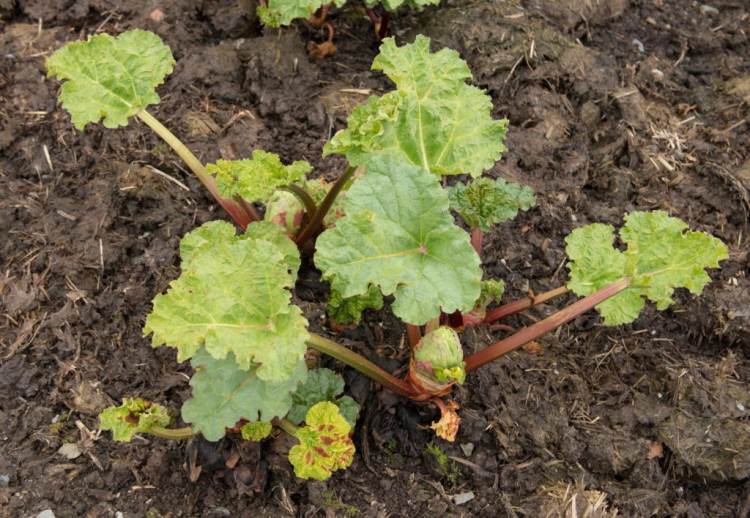
To further support the growth of the plant, you can work rotted compost or deposited manure into the soil every spring (from March). However, you should be very careful not to damage the rhubarb’s shallow roots. For mature perennials, it is best to apply a layer of compost or manure to the surface of the soil. This is gradually broken down and provides your plant with sufficient nutrients.
Plant manure that you have prepared yourself is also ideal for fertilizing your rhubarb. These can easily be administered in diluted form via irrigation water. After the harvest, the plant needs time to regenerate and gather strength for the coming year. At the end of June, you should therefore add compost or fertilize with deposited manure for the last time. In the long term, you should give your rhubarb a new location after seven years at the latest, which has previously been enriched with new compost.
Summary: When to fertilize rhubarb?
- Loosen the soil thoroughly before planting and work in compost
- Put some fertilizer in the planting hole
- Fertilize annually in spring with rotted compost, manure, or plant manure
- Use caution on fully grown plants to avoid damaging roots
- Last compost application after the harvest at the end of June
- Transplant after seven years at the latest
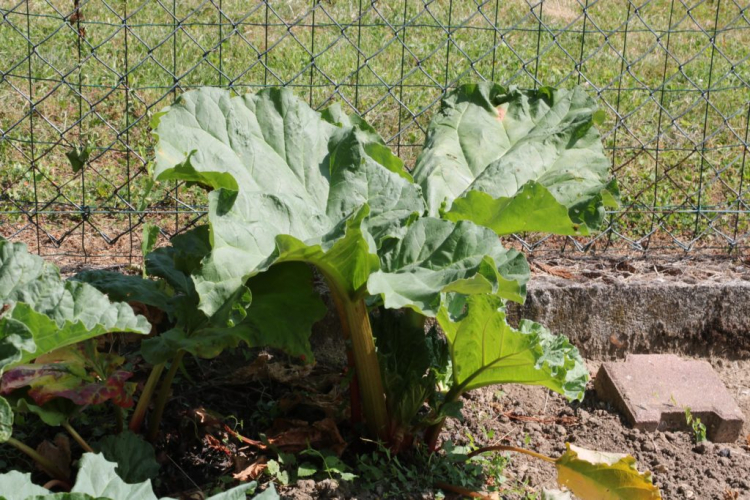
How and with what to fertilize rhubarb?
There are numerous ways that you can get the right amount of nutrients into your rhubarb. In the following, we present some advantages and disadvantages of the individual fertilization methods. In addition, we will explain to you step-by-step instructions on how to best proceed with the organic fertilization of rhubarb.
You might so like: Fertilizing Camellia: Expert Tips At The Right Time And Procedure
Organically fertilize rhubarb
Which fertilizer you choose is of course up to each gardener. However, from both a scientific and a sustainable perspective, there are many advantages to using an organic fertilizer with a long-term effect:
- Long-term supply of nutrients to your rhubarb through slow decomposition of the fertilizer via microorganisms from the soil
- Promotion of soil life and sustainable improvement of the soil structure
- Particularly gentle on people, animals, and the environment by avoiding synthetic production processes
Organic tomato fertilizer, which is mainly composed of animal-free organic components, meets all these criteria and also provides your rhubarb with a sufficient amount of potassium, which ensures a balanced water balance of the plant and supports the plant in its growth. So that you fertilize your rhubarb properly and there is no excess of nutrients, we have prepared detailed instructions for you below.
Long-term organic fertilization: Instructions & dosage amounts for rhubarb
- Spring: lightly work 60 – 110 g / m² (5 – 9 tablespoons) of organic tomato fertilizer into the topsoil layers.
- Pour well so that the granules can dissolve.
- After harvesting, spread some ripe compost or rotted manure over the root area.
Fertilize rhubarb minerally
Mineral fertilizers, such as blue corn, are still popular as universal products in the gardens at home. Artificial fertilizers are easily soluble and the nutrients can then be absorbed directly by the plants. However, this short nutrient boost is not sufficient for the heavy-nourishing rhubarb in the long run. In addition, if used improperly, there is an increased risk of over-fertilization and leaching into the groundwater if there are too many dissolved nutrient salts in the soil. In contrast, organic fertilizers do not work as quickly, but they are much more environmentally friendly.
You might so like: Fertilizing Hornbeam Hedge: Tips On Timing And Choice Of Fertilizer
Fertilize rhubarb with home remedies
If you want to use natural fertilizers in your garden, there are a number of options for this too. Ripe garden compost, for example, is wonderfully suitable for supplying your rhubarb with nutrients. When planting and every spring, work about three liters of compost per square meter and an additional three handfuls of horn shavings flat into the soil. We also recommend covering the surface of the earth with composted bark, grass clippings, or leaf compost to protect the plant from drying out. In addition, the mulch layer is slowly broken down by soil organisms over time and provides your rhubarb with additional nutrients.
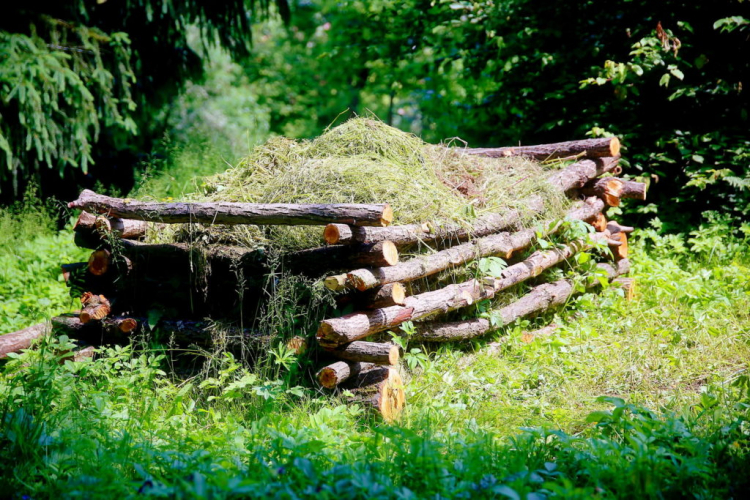
After the harvest (June / July) the reserves of your rhubarb must of course be replenished. The best thing to do is to put another layer of compost or deposited horse manure on the ground. Resourceful gardeners plant rhubarb close to the compost heap anyway to save long journeys with wheelbarrows or buckets. But you can also use your own plant manure from nettle ( Urtica ), comfrey ( Symphytum ), or field horsetail ( Equisetum arvense ) as a reliable nitrogen supplier for your rhubarb. Before administration, however, you should dilute it 1:10 with water.


